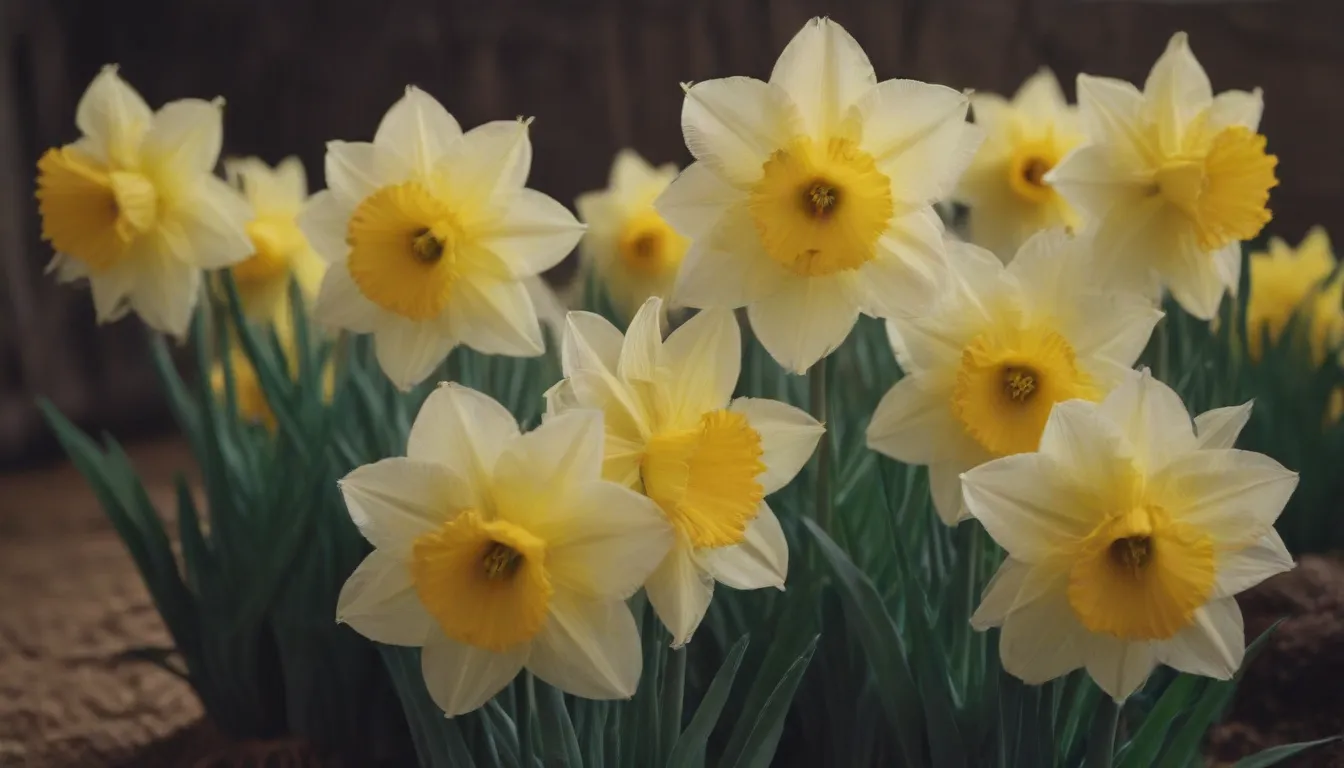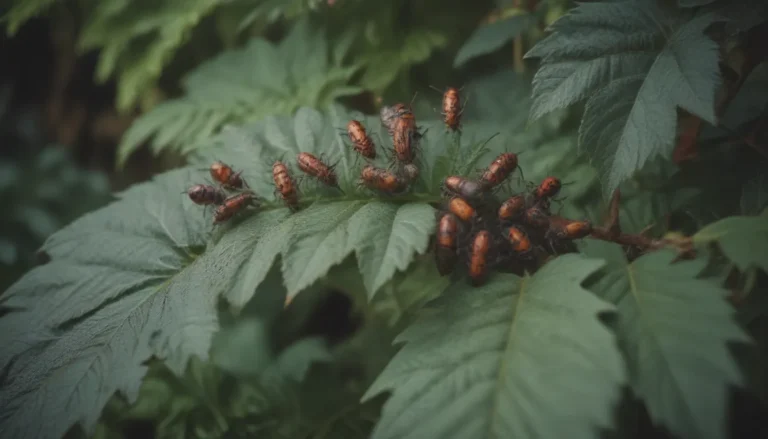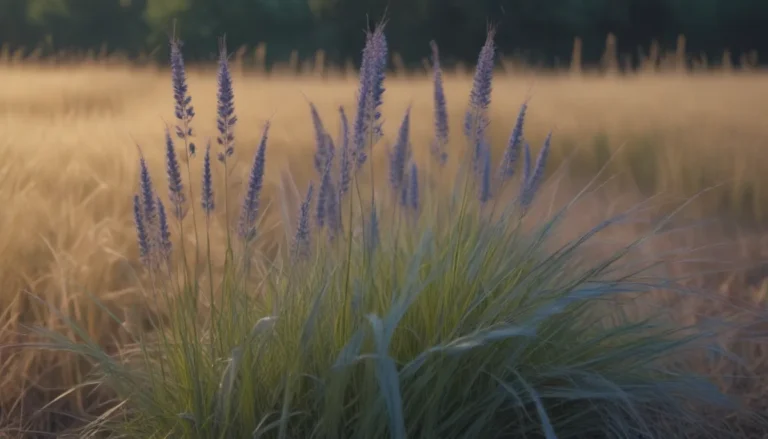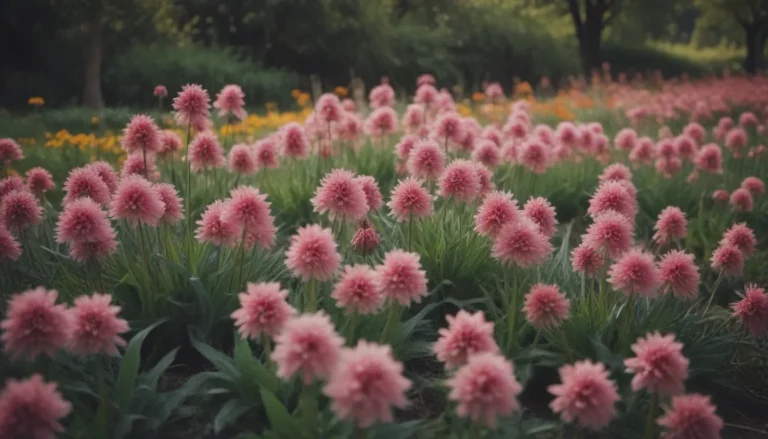Everything You Need to Know About Growing and Caring for Daffodils

Daffodils, also known as Narcissus spp., are a beloved spring flower that symbolizes renewal and hope. These easy-to-grow perennial bulbs can thrive in various climates and add a cheerful touch to any garden. Whether you’re a seasoned gardener or a novice looking to develop your green thumb, daffodils are an excellent choice.
Why Choose Daffodils?
Daffodils are not just beautiful; they are also low-maintenance and versatile plants. Here are some reasons why you should consider adding daffodils to your garden:
- Daffodils are among the first flowers to bloom in early spring, brightening up your landscape after the winter months.
- These flowers come in a wide range of colors, from traditional yellow to white, orange, pink, and bicolor varieties.
- Daffodils are toxic to pests like deer and rabbits, making them a deer-resistant option for your garden.
- With proper care, daffodils can naturalize and multiply, creating a stunning display year after year.
Planting Daffodil Bulbs
To ensure the success of your daffodils, follow these tips for planting bulbs:
Choosing Bulbs
- Select bulbs that are firm, plump, and free of blemishes.
- Avoid bulbs that are soft, mushy, or showing signs of rot.
- Plant bulbs in groups of three to twelve for a more impactful display.
When to Plant
- Plant daffodil bulbs in mid to late autumn to allow them to establish roots before winter.
- In regions with milder winters, you can plant bulbs as late as Thanksgiving.
Where to Plant
- Choose a sunny location for optimal blooming.
- Daffodils can be planted in flower beds, borders, under deciduous trees, or in meadows.
- Plant with southern exposure for early flowering.
How to Plant
- Plant bulbs with the pointed end up, about 3 to 6 inches deep.
- Space bulbs 5 inches apart for a denser display or 12 inches apart for naturalizing.
- Ensure good drainage to prevent bulb rot.
Daffodil Care Tips
Caring for daffodils is easy with these simple guidelines:
- Water daffodils regularly during the active growing season but stop watering in late spring.
- Fertilize with bulb food when leaves emerge and again when flowers bloom.
- Leave foliage to yellow and die back naturally to feed the bulb for next year’s blooms.
Types of Daffodils
Daffodils come in a variety of shapes and sizes, with over 32,000 registered cultivars. Here are some common divisions of daffodils:
- Trumpet
- Large-cupped
- Small-cupped
- Double
- Triandrus
- Cyclamineus
- Jonquilla
- Tazetta
- Poeticus
- Bulbocodium
- Split-cupped
- Miscellaneous
- Species and wild hybrids
Pruning and Propagating Daffodils
After blooming, remove the top portion of the flower stem to prevent seed formation. Leave foliage to die back naturally before cutting. To propagate daffodils, lift and divide bulbs every fourth year or remove offshoot bulbs to create new plants.
Growing Daffodils From Seed
While less common, it is possible to grow daffodils from seed. Harvest seeds from mature pods, plant in pots, and allow seedlings to develop over several years before transplanting to the garden.
Potting and Overwintering Daffodils
Daffodils can be grown in containers for up to three years with proper care. Ensure bulbs receive a chilling period for indoor winter flowering. In regions with cold winters, mulch can help protect bulbs from frost.
Common Pests and Diseases
Daffodils are relatively resistant to pests and diseases but can be affected by bulb rot and viruses. Watch out for narcissus flies, bulb mites, and nematodes. Proper care and good soil drainage can help prevent these issues.
Troubleshooting Daffodil Bloom Issues
If your daffodils fail to bloom, check for common reasons like cutting foliage too soon, planting bulbs upside down, poor soil quality, or lack of sunlight. Addressing these issues can help your daffodils thrive.
In conclusion, daffodils are a delightful addition to any garden, providing beauty, resilience, and ease of care. By following these tips on planting, caring for, and propagating daffodils, you can enjoy their cheerful blooms year after year. With their vibrant colors and early spring arrival, daffodils are sure to brighten up your landscape and bring a touch of springtime joy to your outdoor space.
Sources:
– North Carolina State Extension
– Missouri Botanical Garden
– Donald Wyman’s Gardening Encyclopedia
– White Flower Farm
– The American Daffodil Society
– The Daffodil Society
– Penn State Extension





